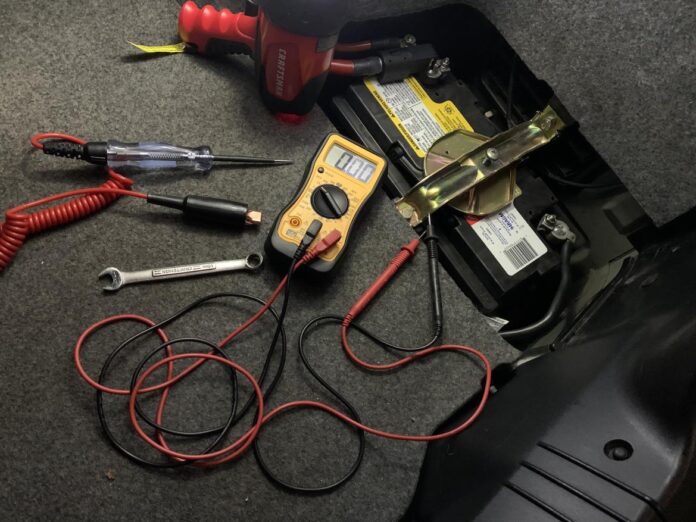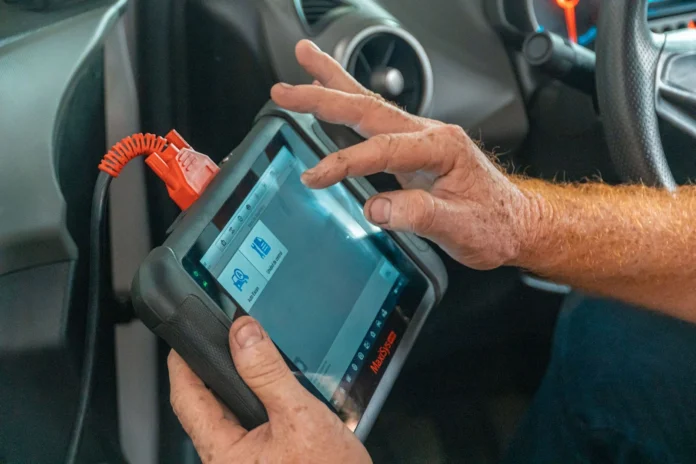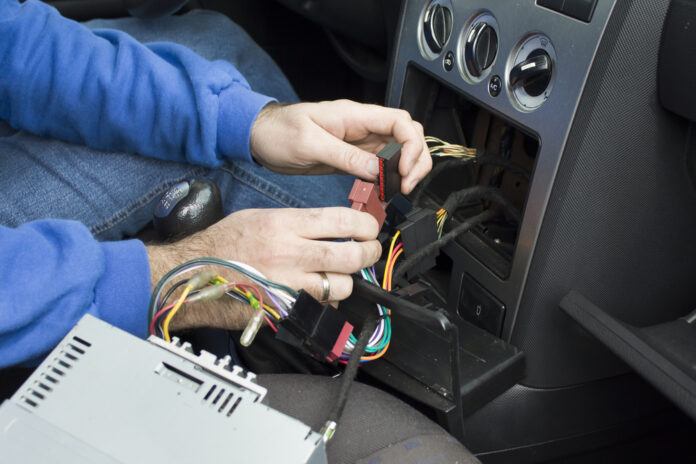Automotive technology has come a long way over the years, but one thing remains constant: the need for a reliable electrical system. As cars become more advanced, their systems grow in complexity, making it all the more important for drivers to understand and diagnose car electrical problems.
Using the right tools
If you’re looking for professional help with diagnosing your car’s electrical problems, various tools and services are available to assist you. These tools are equipped with advanced technology and experienced technicians who can accurately diagnose your vehicle’s issues and recommend appropriate solutions. For instance, tools like Pelican Diagnostics can help you identify your car’s electrical problems quickly and easily. Additionally, these tools often come with resources and support to help you understand your vehicle’s system better, promoting its optimal performance and longevity.
Dead Battery
The battery is the heart of a car’s electrical system, providing the power needed to start the engine and run electronic components. A dead battery is one of the most common car electrical problems, often resulting from leaving lights on or accessories plugged in when the car is not in use. Symptoms of a dead battery include a sluggish or non-responsive starter, dimming headlights, and loss of power to accessories.
Faulty Alternator

The alternator is responsible for charging the battery while the car is running and supplying power to the electrical system. A failing alternator can lead to a dead battery, dimming headlights, and loss of power to accessories. Warning signs include flickering dashboard lights, a burning smell, or a whining noise coming from the engine.
Malfunctioning Starter
The starter is a motor that engages the engine’s flywheel to start the car. If the starter fails, the engine will not crank or may crank slowly. Common symptoms include a clicking noise when attempting to start the car, intermittent starting problems, and a grinding noise.
Blown Fuses
Fuses protect your car’s electrical system by breaking the circuit if too much current flows through it. Blown fuses can cause loss of power to specific components, such as the headlights, radio, or power windows. Symptoms of a blown fuse include non-functioning accessories, dashboard warning lights, or an inoperative component.
Bad Ground Connection
A ground connection is a point where electrical components are connected to the vehicle’s metal frame. A bad ground connection can cause erratic behavior in electrical components, flickering lights, or intermittent power loss. Issues may include dashboard warning lights, loss of power to accessories, or intermittent component function.
Diagnosing Problems

- Visual Inspection
Before diving into complex diagnostics, start with a visual inspection of your car’s electrical system. Look for loose or corroded connections, frayed wires, or other visible damage. This can help you identify obvious issues that may be causing problems.
- Battery Test
Performing a battery test is a simple way to diagnose many issues. A multimeter can measure the battery’s voltage, while a load tester can assess its overall health. If the battery is weak or fails the load test, it may be time for a replacement.
- Alternator Test
If your battery checks out, the next step is to test the alternator. Using a multimeter, measure the voltage of the battery with the engine running. If the voltage is between 13.5 and 14.5 volts, the alternator is functioning properly. However, if the voltage is outside this range, it’s likely that the alternator is malfunctioning and needs repair or replacement.
- Starter Test
To diagnose a faulty starter, begin by ensuring that the battery is fully charged and functioning properly. If the battery is in good condition, the next step is to test the starter by connecting a remote starter switch or jumper cables to the appropriate terminals on the starter. If the engine cranks normally, the starter is functioning correctly. If it fails to crank, the starter may need to be replaced.
Conclusion
Understanding and diagnosing car electrical problems can be a daunting task, but with the right knowledge and tools, it is achievable. By familiarizing yourself with the common issues and symptoms, performing basic tests, and utilizing advanced diagnostic tools, you can effectively identify and resolve problems in your vehicle. And when in doubt, turn to the experts for professional advice and support. A well-maintained system is essential for the safe and efficient operation of your car, so don’t hesitate to address issues as they arise.




